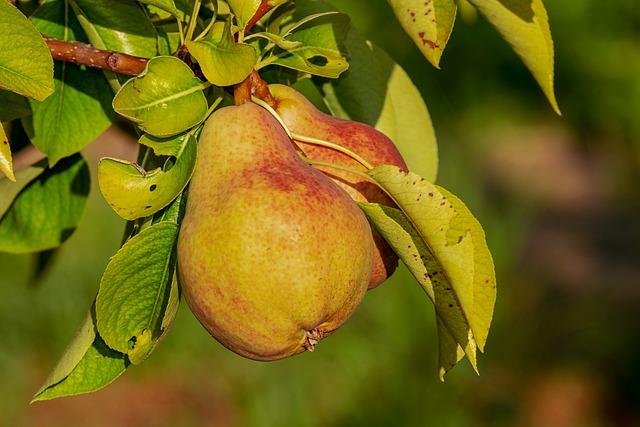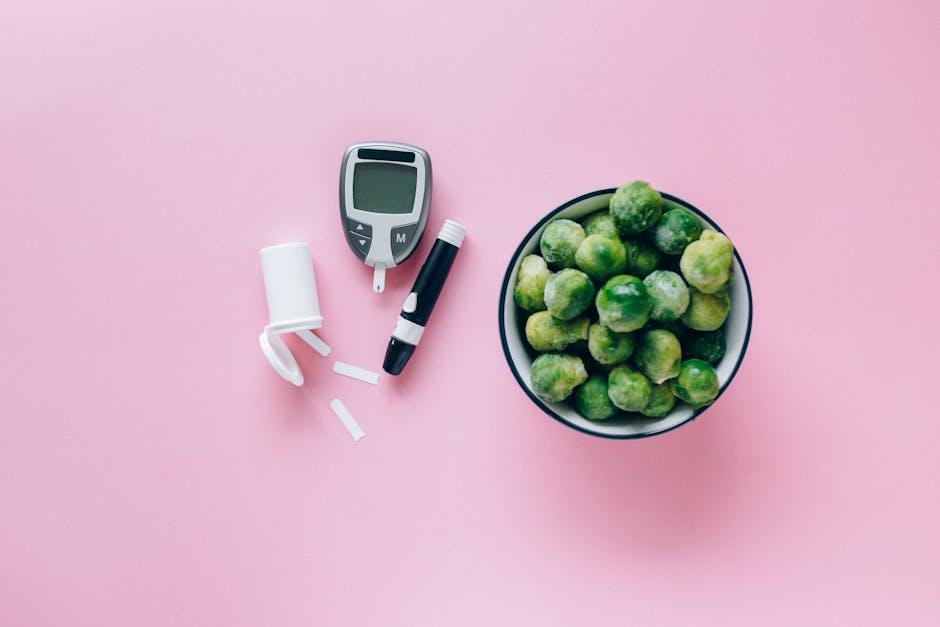In the quest for optimal health and weight management, the low-carb diet has emerged as a popular choice, promising benefits like improved metabolic health and steady energy levels. Yet, the transition to a low-carb lifestyle can often be accompanied by feelings of deprivation, posing a significant hurdle for many individuals. This article delves into the analytical framework of initiating a low-carb diet without succumbing to the common pitfalls of deprivation. By exploring the psychological and physiological adjustments involved, we aim to equip you with practical strategies and insights that ensure a smooth transition. With a confident grasp of the principles underpinning a low-carb regimen, you can embrace this dietary shift with assurance and sustainability, paving the way for lasting health improvements.
Understanding the Basics of Low Carb Dieting
Embarking on a low carb diet doesn’t have to feel like a restrictive chore. By focusing on nutrient-dense foods and understanding the role of carbohydrates, you can enjoy a satisfying and balanced diet. Carbohydrates are a primary energy source, but they aren’t the only one. By reducing carbs, your body can adapt to burning fat for fuel, often leading to weight loss and improved metabolic health. The key is to replace refined carbs and sugars with healthier options like vegetables, nuts, and seeds.
- Choose whole foods: Prioritize whole, unprocessed foods such as leafy greens, berries, and lean proteins. These provide essential nutrients without the added sugars found in many processed items.
- Include healthy fats: Foods like avocados, olive oil, and fatty fish can help keep you full and satisfied, preventing feelings of deprivation.
- Stay hydrated: Sometimes hunger is mistaken for thirst. Drinking plenty of water can help manage cravings and support overall health.
- Monitor your progress: Keep track of how your body responds to dietary changes. This can help you adjust your approach and ensure you’re meeting your health goals.
By understanding these foundational principles, you can confidently navigate the transition to a low carb lifestyle without feeling like you’re missing out on your favorite foods.

Crafting a Satisfying Low Carb Meal Plan
Embarking on a low carb diet doesn’t mean sacrificing flavor or satisfaction. The key is to focus on nutrient-dense foods that keep you feeling full and energized. Begin by incorporating a variety of proteins such as grilled chicken, fish, or tofu. Pair these with healthy fats like avocado or olive oil to enhance satiety. Vegetables are your best friend; think leafy greens, broccoli, and bell peppers, which are low in carbs but high in vitamins and minerals.
- Breakfast Ideas: Start your day with an omelette filled with spinach and cheese or a chia seed pudding topped with nuts.
- Lunch Options: Consider a salad with mixed greens, grilled chicken, and a handful of almonds, drizzled with a lemon vinaigrette.
- Dinner Choices: Opt for a zucchini noodle stir-fry with shrimp or a hearty beef stew with mushrooms and turnips.
By prioritizing these ingredients, you’ll find it easier to craft meals that are both delicious and satisfying, ensuring that your journey into low carb eating is a pleasurable one.

Incorporating Nutrient-Dense Foods for Maximum Energy
Transitioning to a low carb diet can be both exciting and challenging, but focusing on nutrient-dense foods can make the journey much more enjoyable and fulfilling. These foods not only provide essential vitamins and minerals but also help sustain energy levels throughout the day. To ensure you don’t feel deprived, consider incorporating the following into your meals:
- Leafy Greens: Spinach, kale, and Swiss chard are rich in vitamins A, C, and K, and provide fiber with minimal carbs.
- Avocados: A fantastic source of healthy fats, avocados also offer potassium, which is crucial for maintaining electrolyte balance.
- Nuts and Seeds: Almonds, chia seeds, and flaxseeds are packed with protein and omega-3 fatty acids, offering a satisfying crunch to your meals.
- Berries: While most fruits are high in carbs, berries like strawberries and raspberries provide antioxidants and fiber with fewer sugars.
- Eggs: Versatile and protein-rich, eggs are an excellent choice for any meal and help keep hunger at bay.
By focusing on these energy-boosting options, you can enjoy a varied and nutritious diet that supports your low carb goals without sacrificing flavor or satisfaction.

Overcoming Common Challenges in Low Carb Dieting
Transitioning to a low carb diet can be a daunting task, especially when faced with the common challenges that often arise. One significant hurdle is dealing with the initial cravings for high-carb foods, which can lead to feelings of deprivation. To combat this, it’s crucial to focus on the wide variety of delicious and satisfying low-carb alternatives. Embrace foods rich in healthy fats and proteins, such as avocados, nuts, and lean meats, which can help keep hunger at bay and reduce cravings.
Another challenge is maintaining energy levels, especially during the first few weeks. It’s essential to ensure that your body is getting enough electrolytes, which can be lost rapidly on a low carb diet. Consider incorporating the following into your daily routine:
- Drink plenty of water with a pinch of Himalayan salt to replenish sodium levels.
- Include magnesium-rich foods like spinach and almonds.
- Consume potassium sources such as leafy greens and avocados.
By addressing these challenges head-on with strategic planning and nutrient-rich food choices, you can successfully navigate the transition to a low carb lifestyle without feeling deprived.
